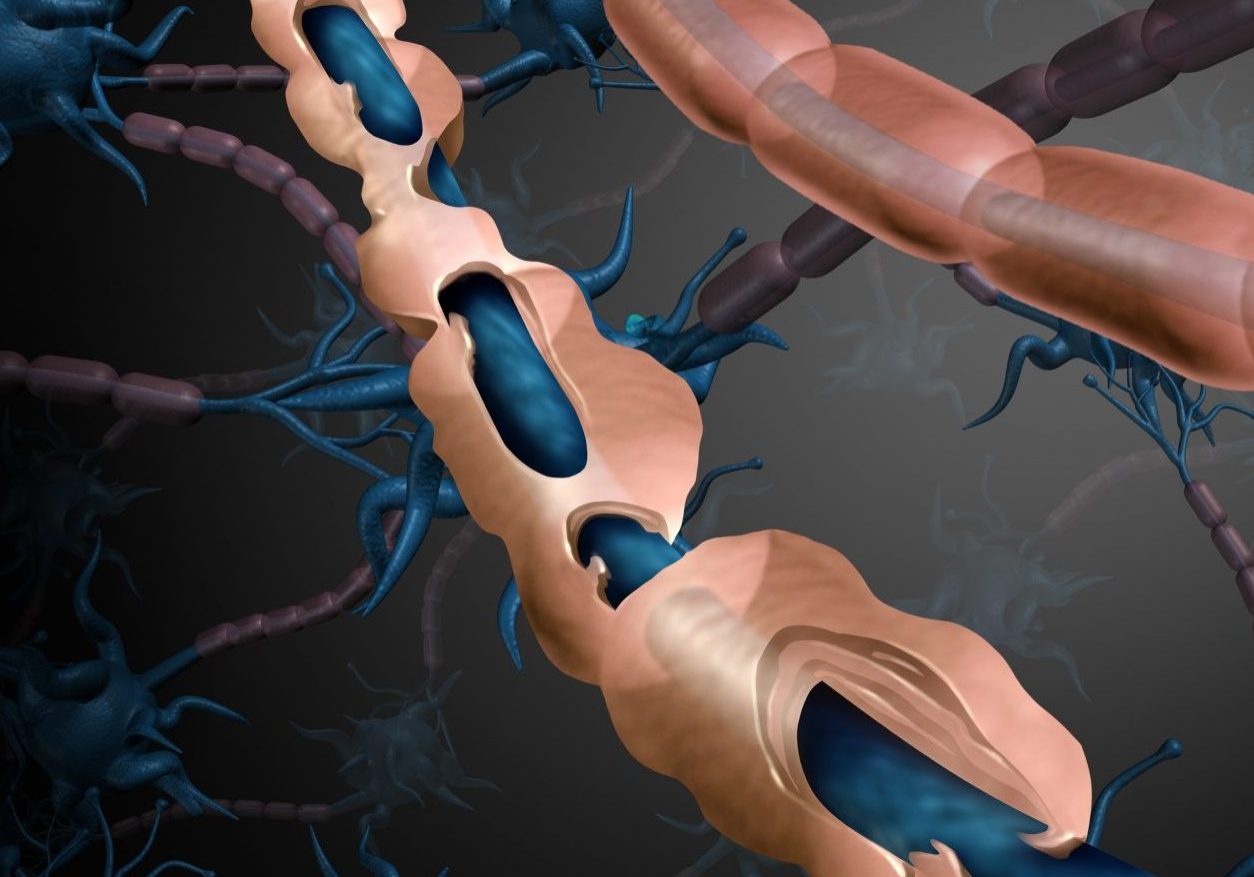We are working to
Simplify the Diagnosis and Treatment of Neurophysiological Impairments
The PROTXX Clinic PaaS solution leverages our growing library of phybrata digital biomarkers to help quantify physiological performance and changes in response to participation in sports, lifestyle changes, injuries, disease, age-related disorders, prescription medications, rehabilitation therapies, surgical procedures, and participation in clinical trials.

Wellness Applications

Athletes
monitoring & limiting effects of head impact exposure; stratifying performance, monitoring recovery from fatigue and injury
Elderly
stratifying balance performance, fall risks, and response to balance therapy; aging in place support
Clinical Applications

- Support faster, earlier, more quantitative diagnoses.
- Efficient monitoring of physical therapy and rehabilitation.
- Administration and clinical trials of disease modifying therapies: assessing dose/patient response over extended periods.
Wellness Device Applications:
Athlete Safety & Performance





